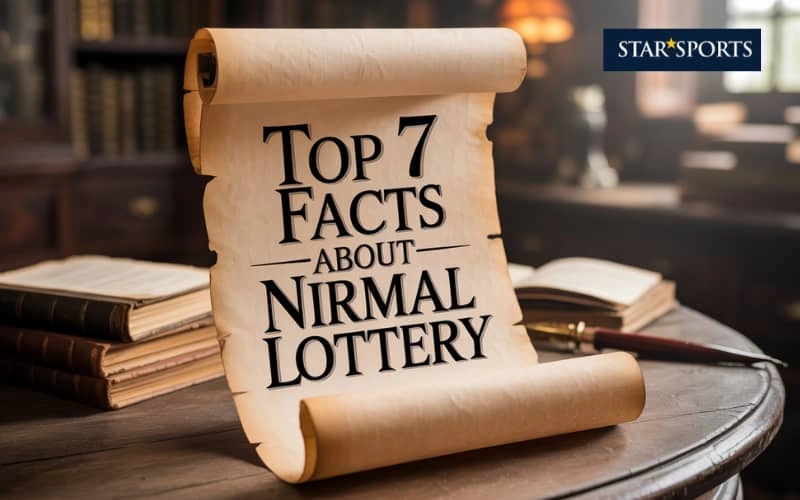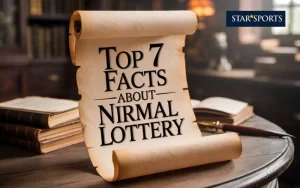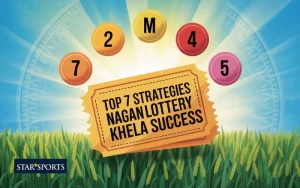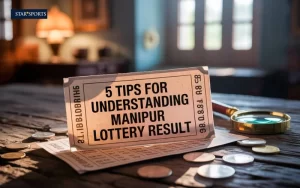The nirmal lottery has become a popular way for participants to test their luck and potentially win life‑changing prizes. Understanding the key aspects of the nirmal lottery helps players make informed decisions and enjoy a safe and transparent gaming experience Star Sports. This article presents seven essential facts about the nirmal lottery that every player should know. Each fact is detailed under its own heading to aid indexing and improve search visibility.
Fact 1: History and Origin of the Nirmal Lottery
The nirmal lottery traces its roots to regional lottery initiatives designed to support community projects and local development funds. Launched over a decade ago, the nirmal lottery was created to offer an entertaining game of chance while generating revenue for public welfare. Early draws featured modest prize pools, but growing popularity allowed organizers to expand prize offerings and introduce multiple weekly draws. Today the nirmal lottery draws attention from both casual players and serious lottery enthusiasts. The evolution of prize structures and draw formats has cemented the nirmal lottery’s reputation as a reliable and entertaining opportunity to win.
Fact 2: Legal Framework and Licensing
Operating under strict government regulations, the nirmal lottery is conducted with full licensing and oversight. Regulatory authorities require transparent ticket sales, verifiable draw procedures, and clear payout policies. These measures help protect players and guarantee that winnings are paid in full and on time. Licensed lottery operators must also adhere to responsible gaming guidelines, including age verification and limits on ticket purchases for vulnerable individuals. By complying with legal requirements, the nirmal lottery maintains a high level of integrity and trust among participants.
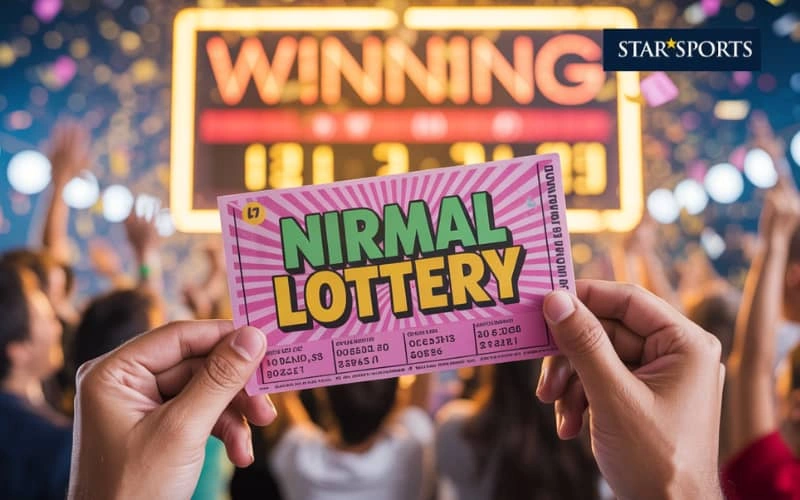
Fact 3: Ticket Types and Pricing
The nirmal lottery offers a variety of ticket types to suit different budgets and risk preferences. Standard single‑entry tickets give players one chance per draw, while combo tickets bundle multiple entries at a discounted rate. Special promotional tickets appear during festival seasons or milestone anniversaries and often include bonus draw entries. Prices start from an affordable point to encourage widespread participation. Exact pricing may vary by retailer and region, but the overall structure remains transparent. Clear information on ticket cost and entry count helps players plan purchases and maximize their potential returns.
Fact 4: Draw Schedule and Result Publication
Draws for the nirmal lottery take place on a regular weekly schedule, with additional special draws held on public holidays and significant commemorative dates. Official draw timings are published in advance through the lottery’s website and authorized retail outlets. Results are verified by an independent auditing firm and released shortly after each draw. Winners are notified via registered contact details, and full result lists appear online in PDF format for easy download. This consistent schedule and prompt publication of results ensure that players can verify outcomes without delay and claim prizes within the designated timeframe.
Fact 5: Prize Structure and Claim Process
The prize structure for the nirmal lottery spans multiple tiers, with a grand jackpot at the top and smaller consolation prizes down to match‑and‑win categories. Prize distribution follows a fixed percentage model, ensuring that a predetermined share of ticket revenue funds the prize pool. Claiming a prize involves presenting the winning ticket at an authorized center along with valid identification. Jackpot winners may undergo additional verification steps and tax documentation before receiving a lump‑sum payment or structured annuity. Clear guidelines and multiple claim centers across regions make the process accessible and user‑friendly for winners.
Fact 6: Impact on Community and Social Causes
A portion of the proceeds from every nirmal lottery ticket sale is earmarked for community and social welfare programs. Funds support initiatives such as education scholarships, healthcare facilities, and local infrastructure projects. Transparency reports detail how revenue allocations translate into tangible benefits for underserved areas. This social impact creates a sense of purpose for players, who know their participation contributes to positive community outcomes. By balancing entertainment value with public good, the nirmal lottery reinforces its role as both a popular game of chance and a driver of social development.
Fact 7: Tips for Responsible Participation
Responsible participation in the nirmal lottery enhances enjoyment and minimizes risk of financial overreach. Setting a budget before purchasing tickets prevents overspending and maintains a healthy gaming habit. Players should review official odds of winning for each prize tier and avoid viewing the lottery as a guaranteed source of income. Trusted retailers and the official online portal provide accurate information on draw schedules, prize values, and claim procedures. Taking breaks between draws and seeking support if gaming becomes problematic are key steps toward responsible play. By staying informed and disciplined, participants can fully appreciate the excitement of the nirmal lottery without undue stress.
In conclusion, the nirmal lottery offers an engaging mix of chance, community benefit, and regulated transparency. From its historical origins and legal framework to ticket options and social impact, understanding these seven facts equips players with the knowledge needed to participate wisely. Embrace the excitement of the nirmal lottery while keeping responsible play at the forefront, and enjoy a well‑informed journey toward potential winnings.

